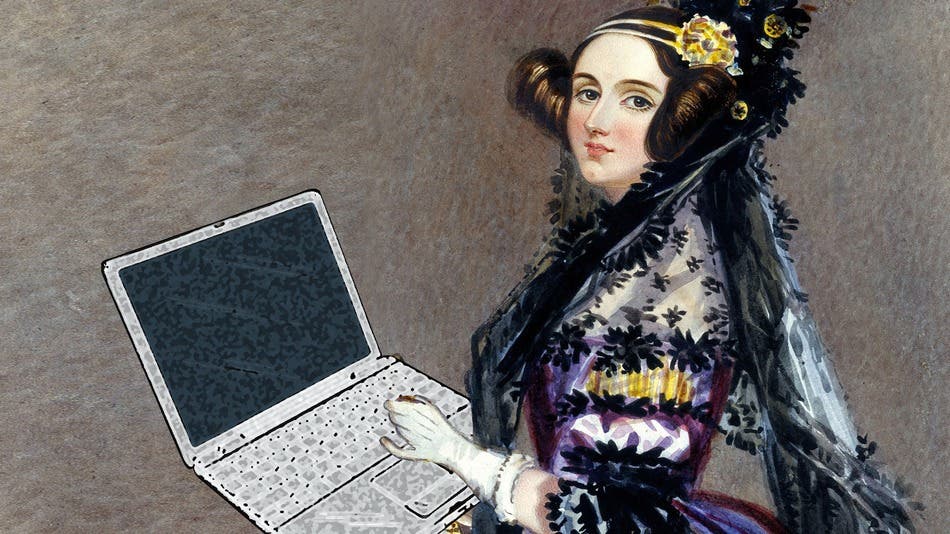In 1847, at the tender age of 27, Ada Lovelace became the world’s first programmer, more than a hundred years before the first computer was actually introduced. Ahead of her time is likely an understatement, and of course there’s much to learn from Lovelace’s story. Today, scientists all over the world celebrate her legacy by holding special events that seek to encourage women to pursue careers in STEM (science, technology, engineering and mathematics). While gender discrepancy in STEM has somewhat leveled out, far too few women embark on this sort of career path. One can only imagine how society must have looked upon the likes of Lovelace, a full blown mathematical genius in the XIXth century, who was prolific decades before Marie Curie – perhaps the most cited science female role model – was even born. Alas, she was ‘but’ a woman.
A genius ahead of her time
The daughter of none other than Lord Byron, the famous poet, Lovelace become acquainted while she was only 18 to inventor Charles Babbage, then 42. The two strung a close friendship that would change Ada’s life forever. Babbage was working on a very early, calculator-like computer called The Difference Engine, which eventually went to grow into the Analytical Engine, a forerunner to the modern computer. In 1842, Ada translated a description of it by Italian mathematician Luigi Menabrea. “As she understood [it] so well”, Babbage asked Ada to expand the article, which eventually grew into a 20,000-word work that included the first computer program: An algorithm that would teach the machine how to calculate a series of Bernoulli Numbers.
“By understanding what the Analytical Engine could do — that it was far more than just a calculator — there’s no doubt whatsoever that Ada glimpsed the future of information technology,” said James Essinger, whose biography of Lovelace titled Ada’s Algorithm is published this week. According to Essinger, Ada expanded on Babbage’s ideas and envisioned the modern day computer. “What computers do, with literally billions of applications by billions of people, is exactly what Ada foresaw. In some ways, it is almost miraculously prophetic.”
Unfortunately, Babbage never created the machine and Ada was unable to test her theory before she died at the age of 36 of cancer.
Ada herself was an inspiration to many including Michael Faraday. On the 10 June 1840, Ada Lovelace sent a copy of her portrait to Michael Faraday with a note saying:
‘Dear Mr. Faraday,
Mr Babbage tells me that you have expressed a wish to possess one of the engravings of me, by which I feel exceedingly flattered, & hope you will accept one that we still happen to have by us.
I am sorry that there is no proof left, to which I might have put my signature.
Believe me, yours very truly
Augusta Ada Lovelace
St James’ Square’
Faraday liked to collect images of people he met or were acquainted with so this etching was gratefully received into his collection.
We can only imagine how Ada might have felt had she traveled to the future and saw what computers are capable of in our present day and how ubiquitous they’ve become . Most people in the developed world nowadays carry a tiny computer in their pockets whose computing power is greater than the combined power of all the Apollo -era computers used to help man land on the moon. Actually, almost anyone today owns or at least knows how to power up a computer – more than four billion PCs, tablets and smartphones are currently in use. It’s crazy, but while most people have yet to realize how fortunate they are to live in such exciting times, we can only hope they will eventually become inspired. There’s so much we can learn, both men and women, from the brave and brilliant Ada Lovelace.










